How the Flora App Developers Use Behavioral Psychology to Help Users Live Their Best Lives
App developers use behavioral psychology to get people to continue using their apps. Recently, there’s been some backlash against apps that use it to...
4 min read
Written by Keith Shields, Dec 10, 2020
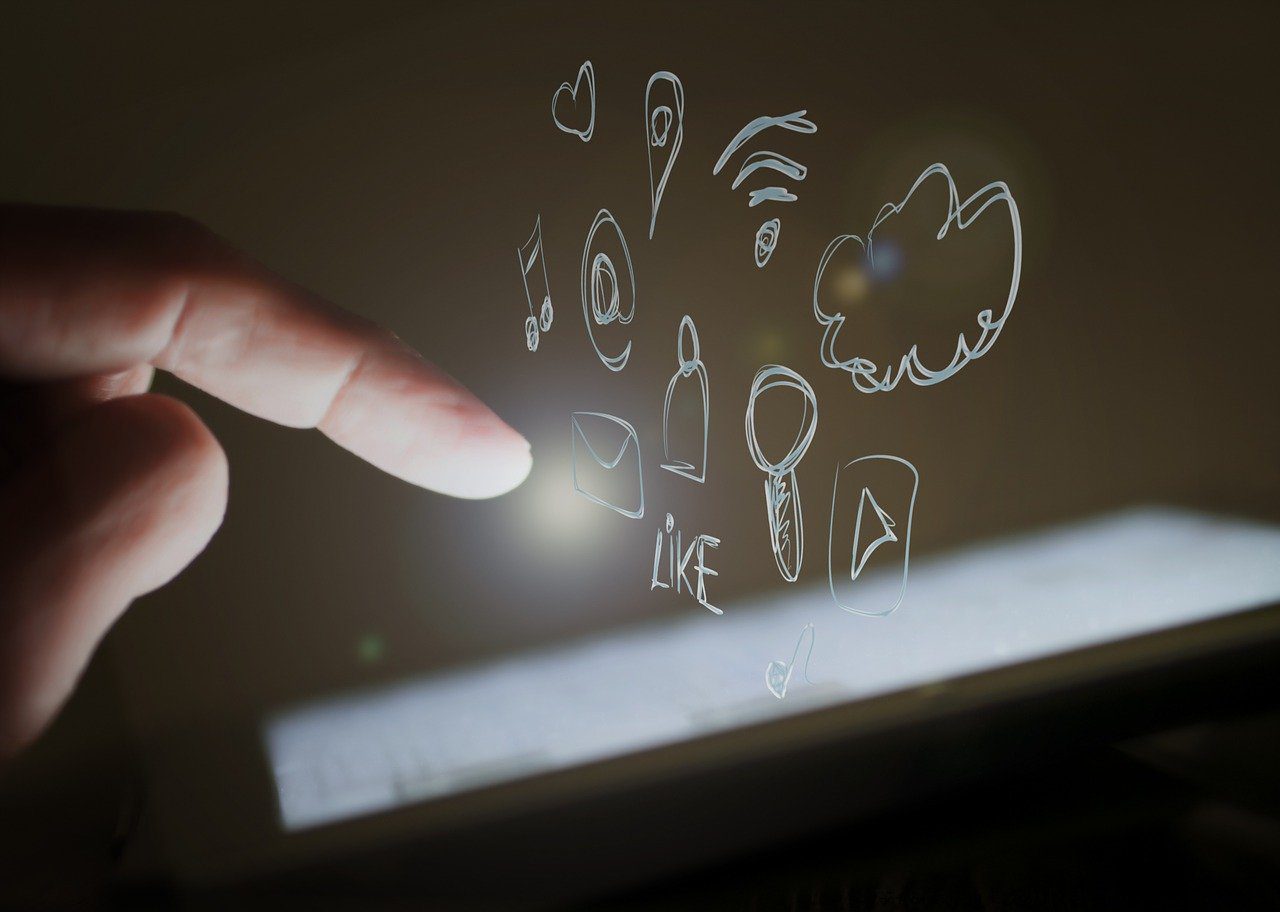
App gamification is a powerful tool in your arsenal to acquire, engage, and retain users. The gamification tactics can apply to nearly every kind of app. Furthermore, when you employ this powerful approach, you can leverage the power of behavioral psychology to provide an ethical hook to keep them engaged. Here is what you need to know about app gamification, with some great examples of gamified apps that do it well.
App gamification is applying game dynamics principles to mobile apps to encourage users to return to the app again and again. When done correctly, it promotes a habit-forming level of engagement. The cycle includes an initial trigger, an action, a variable reward, and then a push to continue usage. By incorporating gamification in your app, you can drive increased traffic and user engagement.
To gamify your app, you need to start with specific design elements and then proceed with the gamification workflow. The typical app gamification design elements include things like:
Each of these design elements got their start in games, though they can be effectively applied to other apps as well. User experience is an important consideration for any app design, and a solid understanding of behavioral design is essential. Understanding where behavioral design meshes perfectly with UX design is key to making a good app great.
When mobile app gamification is done well, it can motivate and influence people. And when you start with a great UX design and incorporate gamification, it’s a powerful combination.
Not only does app gamification boost engagement, but when you add social aspects to your app, it’s a powerful way to increase your reach. Gamified apps may also be more interesting than apps without any extra design aspects. So, they are especially effective for education, fitness, and life improvement apps.
Borrowing elements from games and incorporating them into your app design is an effective strategy to boost current users’ engagement, increasing the app’s “stickiness.” It can be useful for increasing the number of users, especially if there is a means to share out on social networks within the app. People love to share apps that they enjoy, and this word-of-mouth advertising will help you increase users. In turn, incorporating social sharing also helps engagement due to social influence.
It’s a good idea to use multiple gaming design elements, as different people respond to different things. Some want recognition through rewards, while others are competitive and want to see their rankings relative to other people. By incorporating multiple gaming design elements in your app, you can appeal to a wider audience and keep them coming back for more. These triggers help users develop a powerful relationship with your app while helping to attract and maintain users.
There are examples of apps leveraging gamification in many industries. The following app gamification examples highlight language learning, fitness, and productivity apps that stand out among the rest.
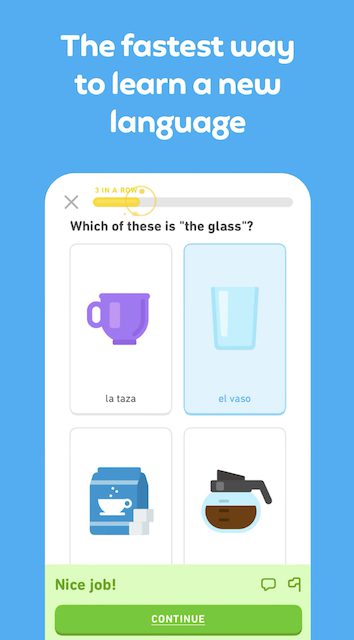
Duolingo is an app that helps people practice their language skills. Tracking progress is front-and-center on the home page, where you can see your progress and strength on each language skill. Because regular practice is so important, it encourages daily usage by lowering your strength on skills you haven’t practiced recently. Users gain experience points for completing lessons and go through levels as their skills advance. They can also win virtual currency to spend in a virtual shop. Duolingo enables users to set goals and provides reminders through daily push notifications. Highly-customized regular email reminders are sent with suggestions to encourage continued use. There is also a social leaderboard, so users can compare their progress to others. The combination of all of these gamification tools makes for a highly engaging and very sticky app.
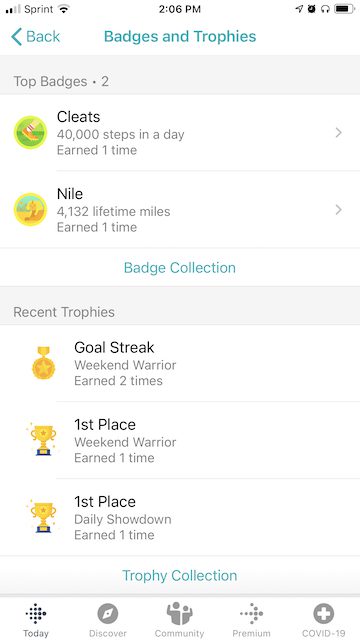
Fitbit is a wearable fitness tracker connected to an app that leverages a number of gamification features. These tools are used to motivate people to exercise and to keep them engaged. Users get badges when they complete specific activities like walking a certain number of steps. The distances align to real places, such as the length of Serengeti National Park. Fitbit also offers original challenges where users can virtually walk around a place of their choice, like New York City. This allows users to stay fit while exploring a new place, making it more interesting. Fitbit also provides social engagement, as users can link with their friends that use Fitbit to compete in various challenges. These design features provide interest, competition, and a network of people to keep users exercising.
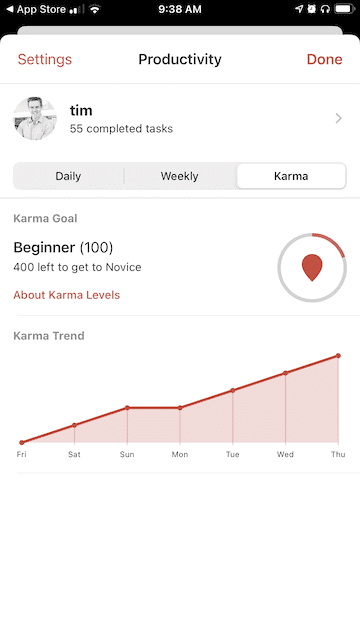
Todoist is a productivity app that helps users complete tasks and projects in daily life, whether that be for work, home, or school. It uses a point-based reward system where users get karma points for completed tasks, and there are also negative points for missed deadlines. Attaining certain amounts of karma points provides access to higher levels. And there is a social engagement feature to share their karma scores with friends on social media. This app makes achievement a lot more fun while encouraging regular use with the scoring and social aspects.
App gamification is a great way to make an app more fun to use. By incorporating gaming design elements, you can boost engagement and attract new users. It can be the difference between making a good app that people enjoy and making a great app that people can’t get enough of.
Want to learn more about how we integrate gamification into mobile app design or talk about your project idea? Get in touch
You might also like:
Subscribe to our newsletter.
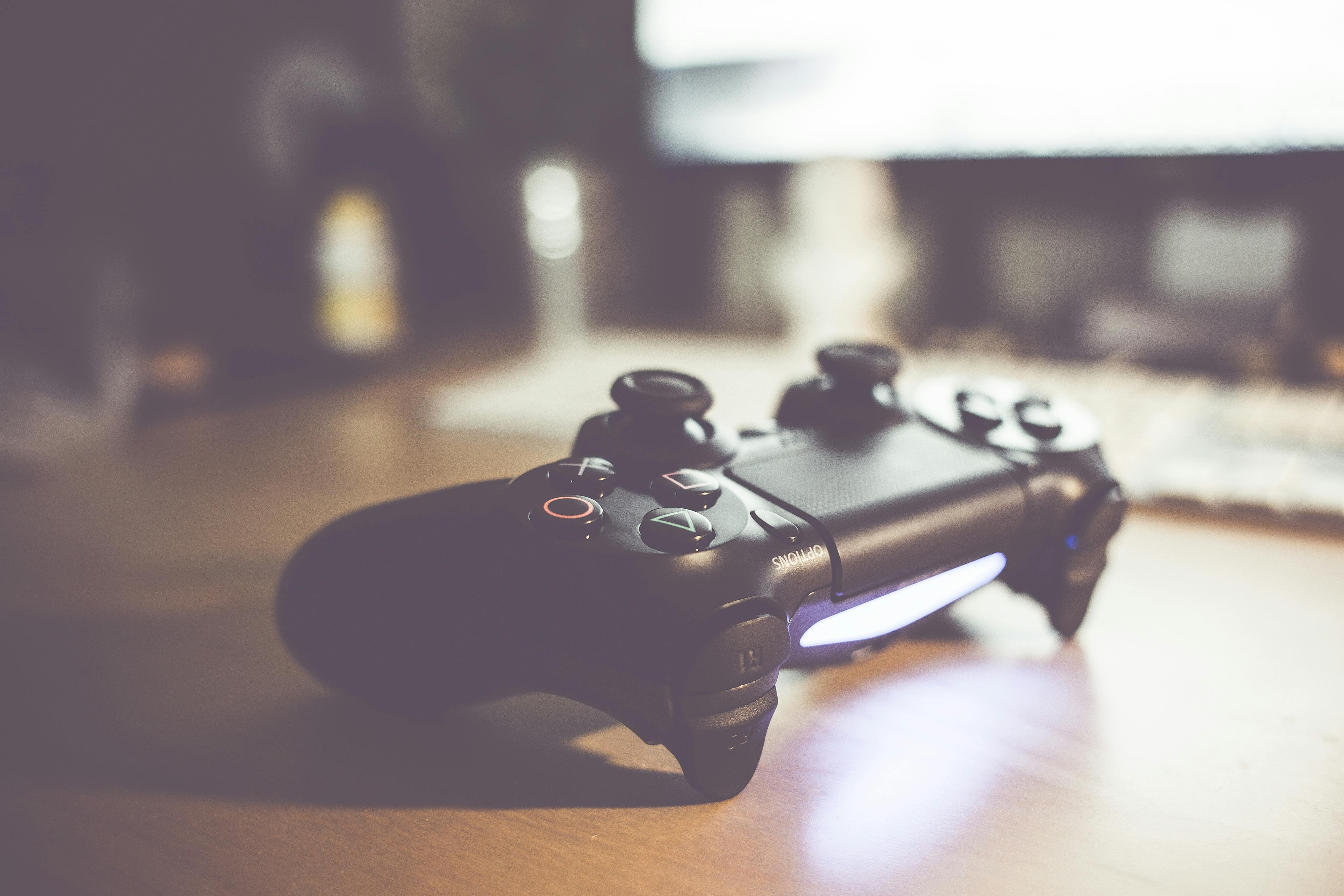
App developers use behavioral psychology to get people to continue using their apps. Recently, there’s been some backlash against apps that use it to...
-smaller.jpg)
In the “Under the Hood” Series, we look at how popular apps have grown loyal usage through behavioral design. Seeing the techniques in action should...

Imagine streamlining your inventory process with a custom app, or boosting customer engagement with a loyalty program. Outsourcing software...
Post
Share